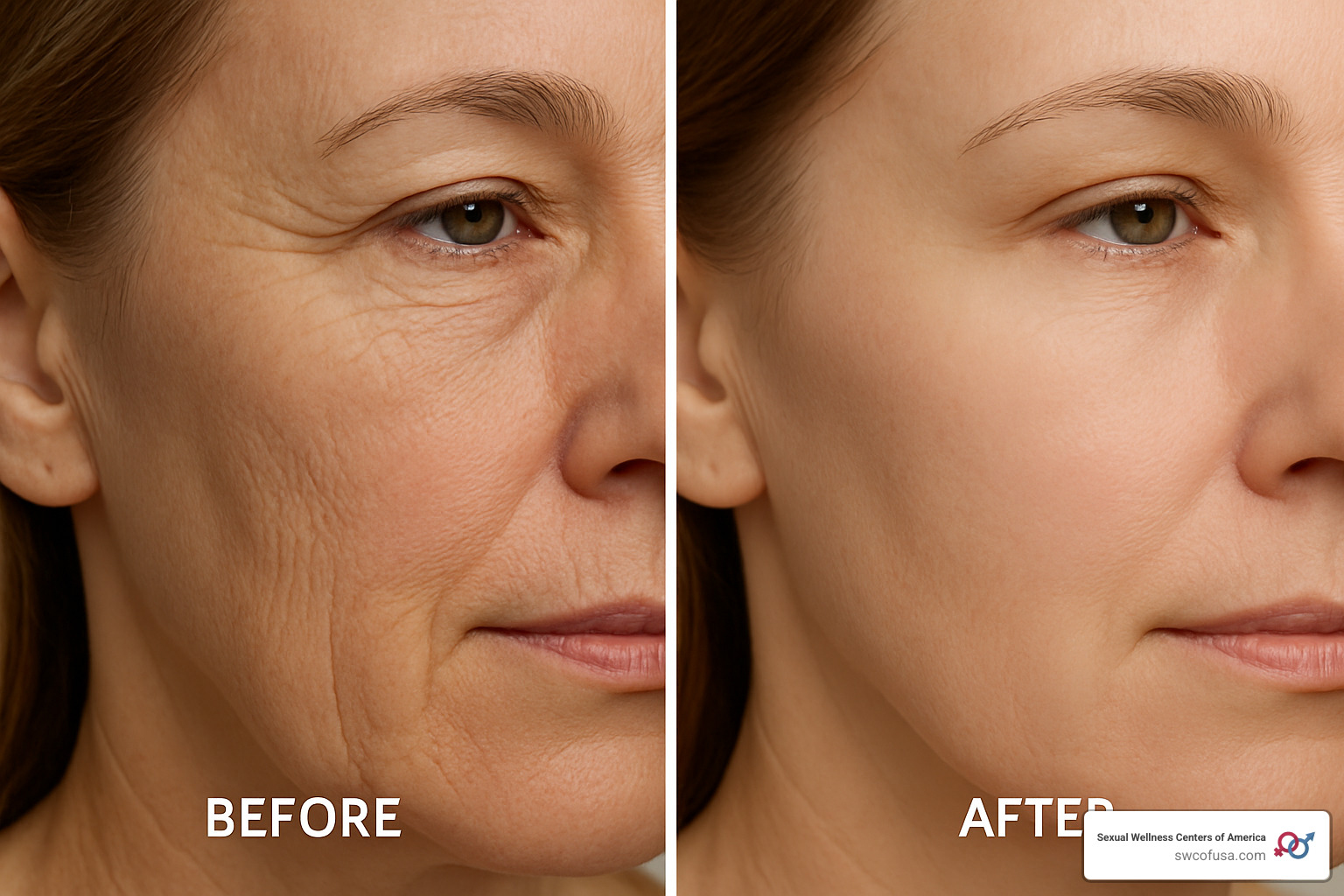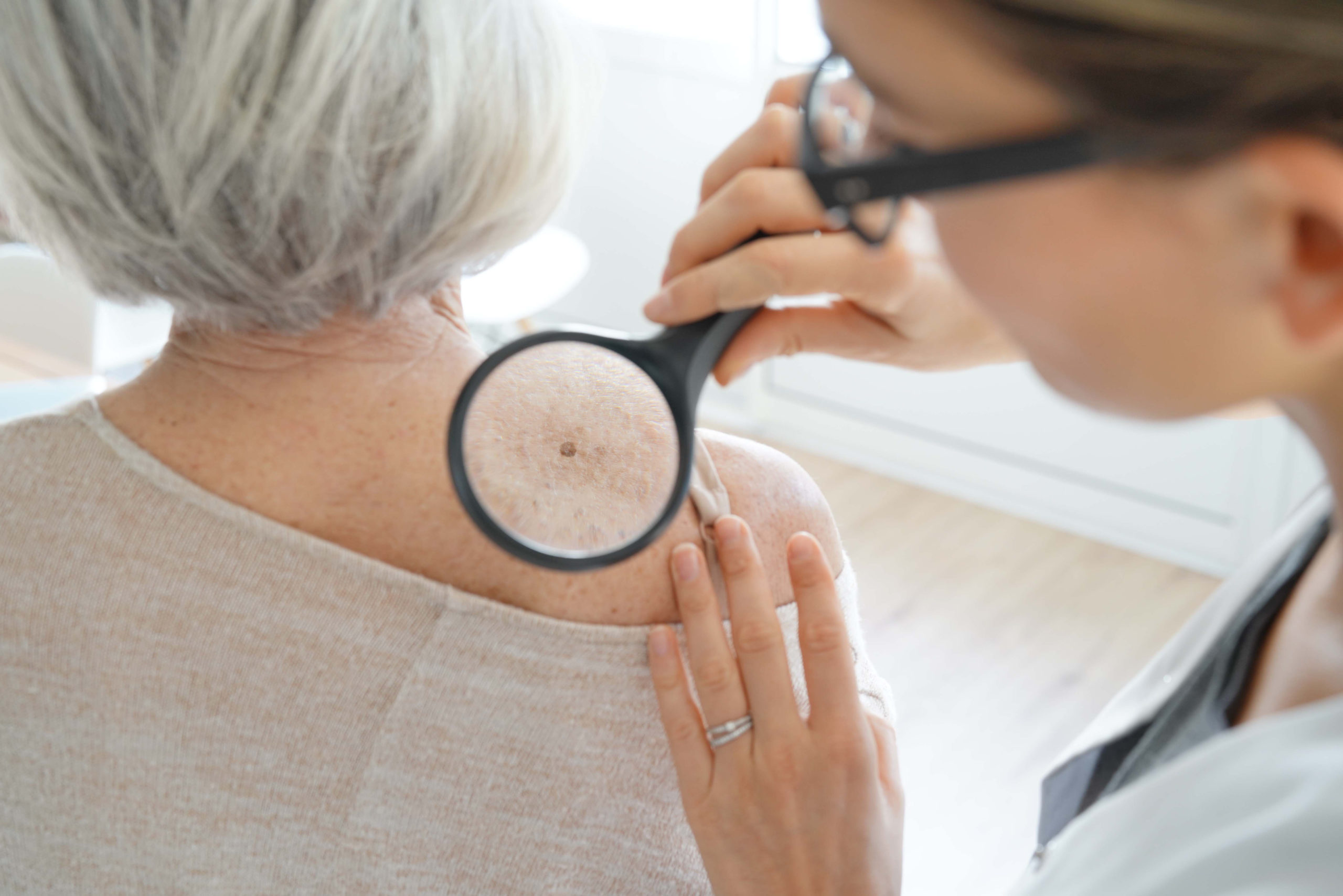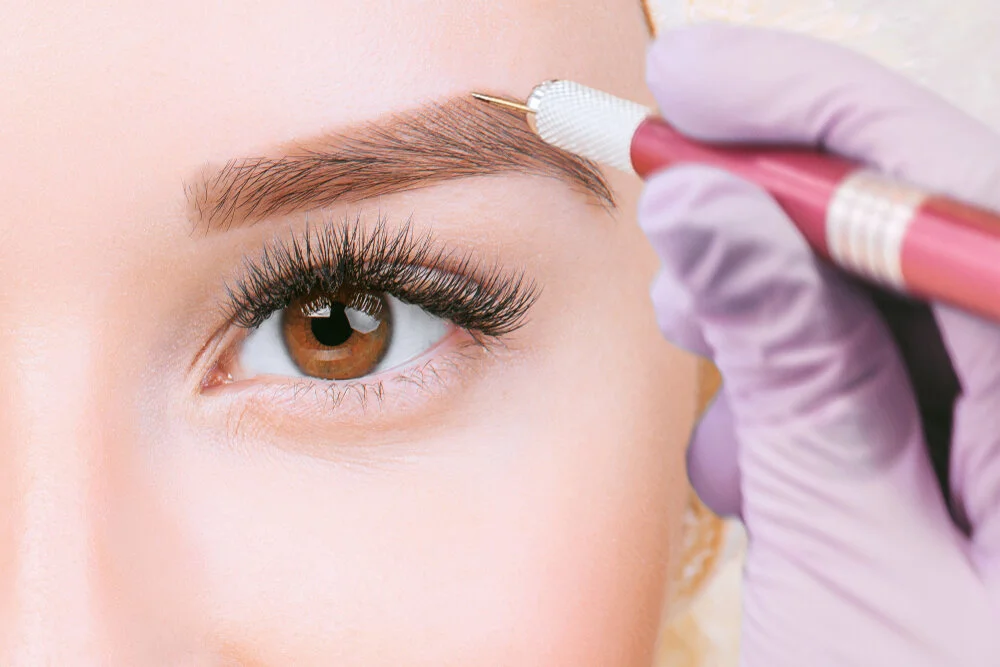
Dermatology is the branch of medicine focused on the health of your skin, hair, and nails. As people age, the skin undergoes various changes, and dermatology offers a range of procedures and guidance to address these developments. This field provides a medical approach to managing skin conditions that may develop over time. Here is more information on ways dermatologists assist with skin changes related to aging:
Treating Age Spots
Age spots are flat, brown, or black spots that appear on skin that has been exposed to the sun. A dermatologist may suggest several methods for addressing their appearance. Laser therapy uses focused light energy to target the pigment in age spots. The light is absorbed by the pigmented cells, which are then broken down.
Another approach is a chemical peel, which involves applying a solution to the skin to exfoliate the top layers. This process encourages new skin growth, which may reduce the visibility of the spots. Topical treatments, such as creams or gels containing specific ingredients, are also available.
Screening for Skin Cancer
Regular skin checks with a dermatologist are a proactive step in monitoring your skin’s health. The risk of developing certain types of skin cancer increases with age and cumulative sun exposure. During a screening, a dermatologist examines your skin for any unusual moles, growths, or spots. If an area of concern is found, they might perform a biopsy. This involves removing a small sample of skin tissue for laboratory analysis to determine if cancerous cells are present.
Addressing Sun Damage
Years of sun exposure contribute to changes in the skin’s texture and appearance, referred to as sun damage or photoaging. Dermatologists have procedures to address these textural changes. A specialist in dermatology may take multiple approaches or combine several at once.
Microdermabrasion is a non-invasive procedure that uses a specialized instrument to sand away the outer layer of the skin. This exfoliation is designed to smooth the skin’s surface. Another method is cryotherapy, which uses liquid nitrogen to freeze specific lesions or rough patches, which are precancerous growths caused by sun exposure. The frozen tissue then falls off, allowing healthy skin to emerge.
Chemical peels are another option, involving the application of a chemical solution to exfoliate and remove damaged layers of skin, resulting in a smoother and more rejuvenated appearance. For deeper lines or scars, laser resurfacing can be used to target specific areas, stimulating collagen production and improving overall skin texture. Consult a dermatologist to determine the most appropriate treatment based on individual skin type and concerns.
Removing Skin Tags
Skin tags are small, soft, benign growths that often appear in areas where skin rubs against skin, like the neck, armpits, or groin. While they are harmless, some people choose to have them removed for comfort or cosmetic reasons. A dermatologist can remove skin tags through a few simple, in-office procedures.
Removal methods include:
- Cryotherapy: Freezing the tag with liquid nitrogen.
- Excision: Snipping the tag off with surgical scissors.
- Electrocautery: Burning the tag off with an electric current.
The method chosen will depend on the size and location of the skin tag. A dermatologist can guide you on which strategies are appropriate.
Explore Dermatology Options Today
Understanding the connection between dermatology and the aging process gives you the information to make informed decisions about your skin health. A dermatologist can provide personalized guidance based on your specific needs and skin condition. If you have questions about changes in your skin, schedule a consultation with a dermatologist to discuss available options.




